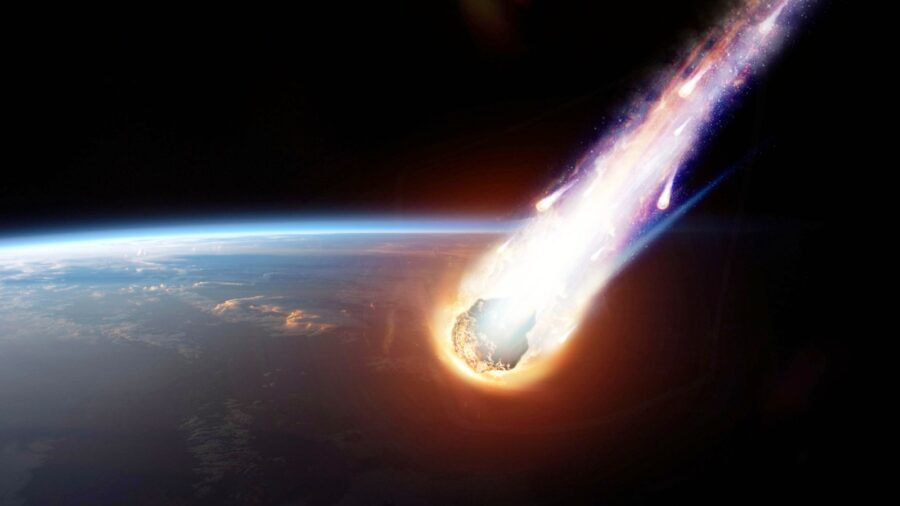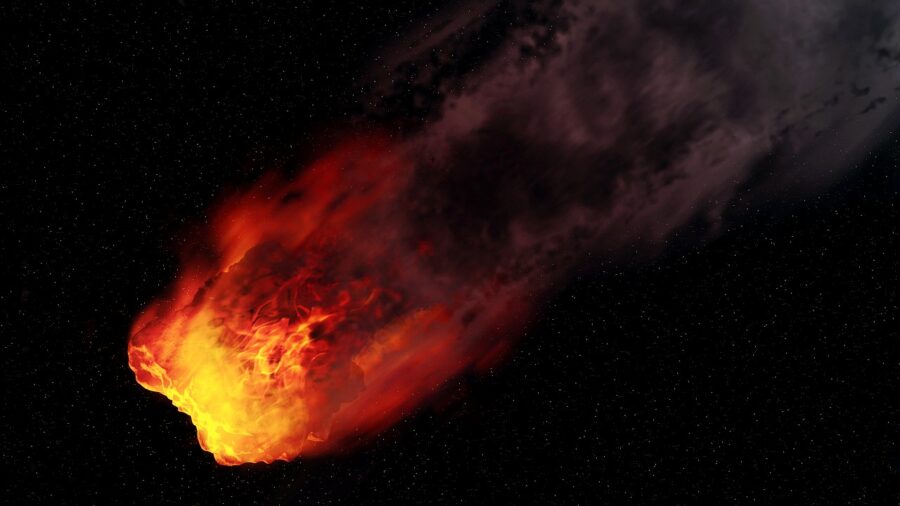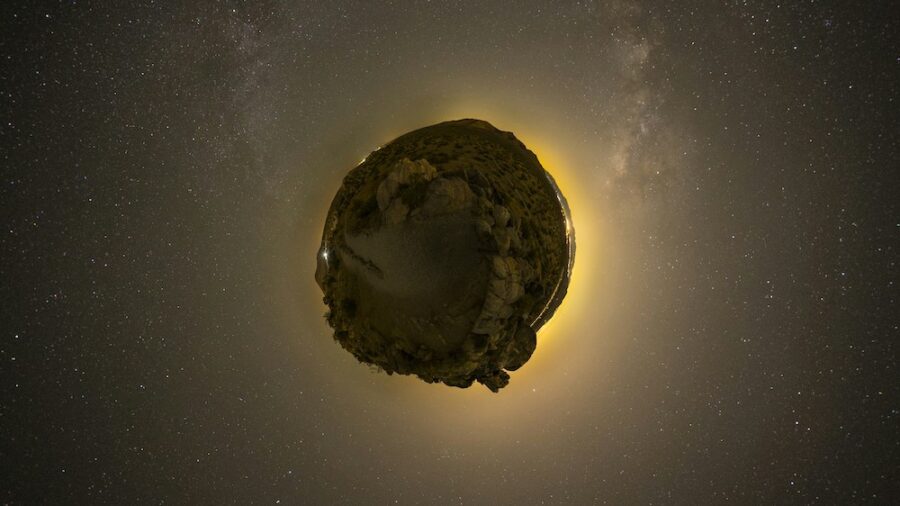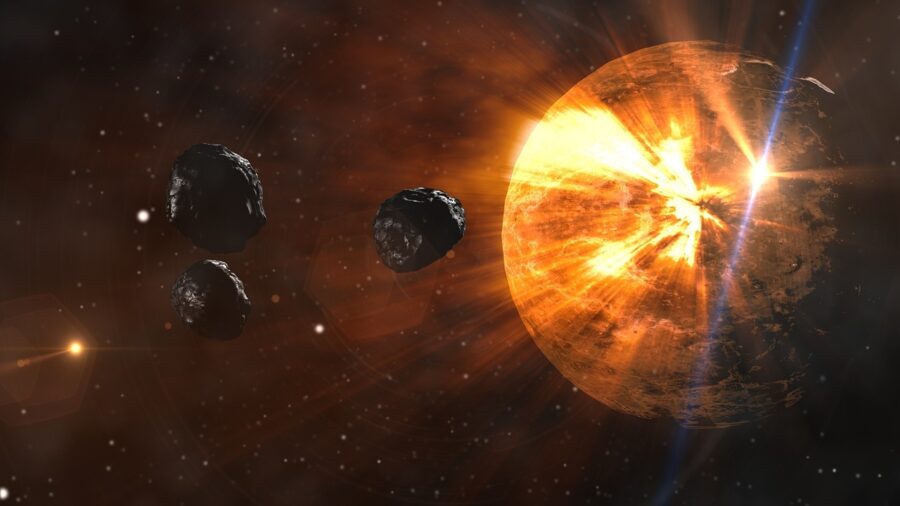NASA Makes Catastrophic Asteroid Defense Discovery

A recent NASA exercise has demonstrated how ill-suited world governments are for dealing with an asteroid on a collision course with Earth. The exercise was a tabletop simulation meant to test the ability of the international community to respond to a threat with limited information but a 14-year warning. The simulation results revealed that emergency response organizations would struggle with such a crisis due to logistical and political problems caused by uncertainty.
Planetary Defense Drills

Planetary defense drills are a common practice for NASA and its international partners, trying to prepare for a potential asteroid-induced crisis. This was the first drill since the DART mission, which proved that a spacecraft could ram an asteroid and knock it off course to prevent it from hitting Earth. Despite this viable course of action as a new tool, practical concerns still kept those in the simulation from being able to act.
A 14 Year Head Start

NASA gave the international participants limited specifications about the theoretical asteroid and 14 years to prepare for the disaster. Participants were told the asteroid was between 60 and 800 meters across, with a 72 percent chance of hitting Earth. With six months before more details about the meteor could be obtained from telescopes, the committee had to decide how to react based on that limited information.
Three Plans

Three courses of action were considered by those participating in the NASA asteroid planetary defense drill. Some wanted to wait six months for more information, some wanted to launch a space mission to fly past the asteroid to get information sooner, and others wanted to focus on building a spacecraft that could recreate the DART mission’s success. While many favored quick action of some kind, they were tempered by concerns that so much uncertainty would prevent mission funding.
An Issue Of Funding

These questions of funding and political will have brought the simulation to a standstill rather than any technical concerns. While those working for space institutes like NASA were concerned about how long it takes to build and launch a spacecraft in reaction to a local asteroid, emergency managers were slower to act with 14 years of prep time.
This hesitancy stems from the fact that any NASA funding to deal with the asteroid would be diverted from more certain ongoing disasters like earthquakes and hurricane
Uncertainty Doomed Humanity

The NASA-led asteroid simulation didn’t make it to the end of the 14-year scenario because it got so bogged down in indecision. The simulation highlighted the uncertainty of action from the international community as so many political and economic factors could influence an individual nation’s decision-making. Much of the allotted time was spent discussing the best way to communicate such an uncertain threat to Congress and federal agencies in a way that would get mission funding.
Lots Of Work To Keep Earth Safe

This international planetary defense drill raises concerns over how we would deal with a real asteroid crisis. NASA’s Planetary Defense Officer Emeritus Lindley Johnson’s takeaway from the exercise was that we need as much information about asteroid size and trajectory as possible to avoid the practical problems created by uncertainty. It also indicates that there is still a lot of work to do in terms of international preparation for these types of celestial disasters.
Sources: NASA











